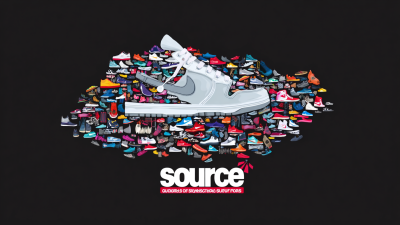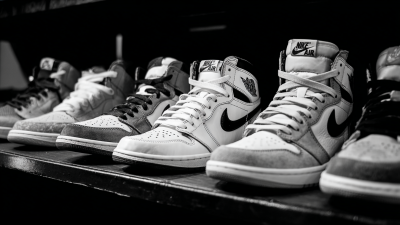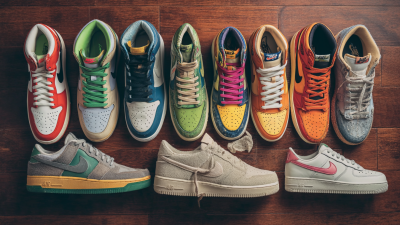
The sneaker industry has experienced a remarkable transformation over the past few decades, evolving from simple athletic footwear to a global fashion statement that influences lifestyle and culture. According to a 2021 Statista report, the global sneaker market was valued at approximately $79 billion and is projected to reach $120 billion by 2026, highlighting a significant shift in consumer preferences. This evolution can be attributed to the growing popularity of streetwear, collaborations between high-fashion brands and athletic companies, and the rise of influential sneaker culture. Furthermore, a recent study by NPD Group indicates that 72% of sneaker sales are now driven by fashion-conscious consumers rather than athletes, underscoring how sneakers have transcended their original purpose. As we delve into this journey, we will explore key milestones and factors that have reshaped sneakers into essential fashion items, further solidifying their place in modern society.
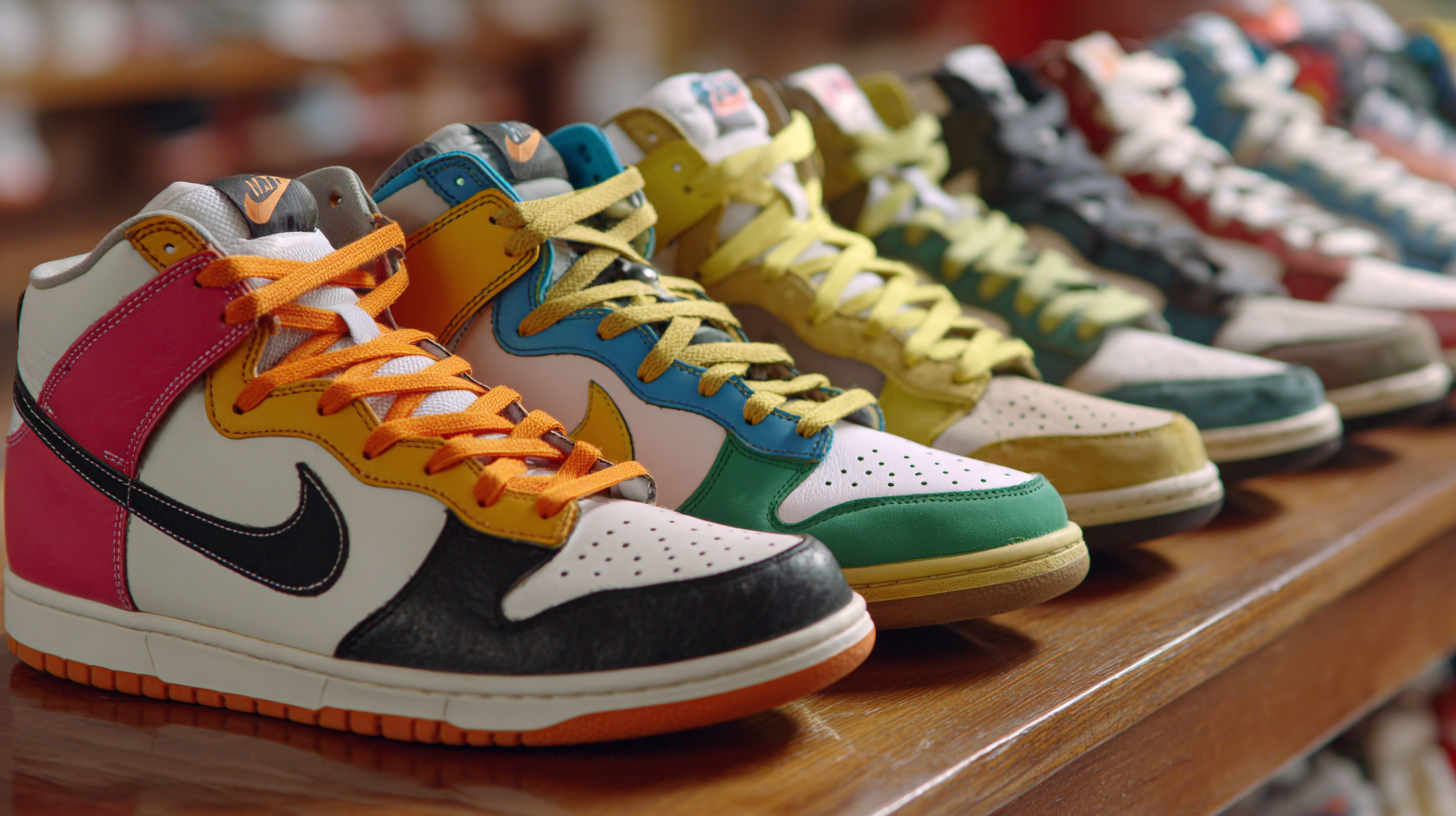
The sneaker industry has undergone a remarkable transformation over the last few decades, evolving from purely functional footwear to coveted style icons. According to a report by Grand View Research, the global athletic footwear market was valued at approximately $83 billion in 2020 and is projected to grow at a compound annual growth rate (CAGR) of 3.3% from 2021 to 2028. This shift highlights not only the increasing consumer demand for sneakers but also their rising status within fashion circles.
Sneakers have transcended their original purpose in sports and fitness, becoming a staple in everyday wardrobes and high-fashion runways alike. A study by Statista reveals that as of 2021, the sneaker trend resonates strongly with younger demographics, with about 60% of Millennials and Generation Z prioritizing sneaker culture in their fashion choices. Influential collaborations between high-profile designers and sneaker brands, such as Nike's partnership with Off-White or Adidas with Kanye West’s Yeezy line, further cement the idea that sneakers are no longer just about comfort and utility; they are now integral to personal expression and style.
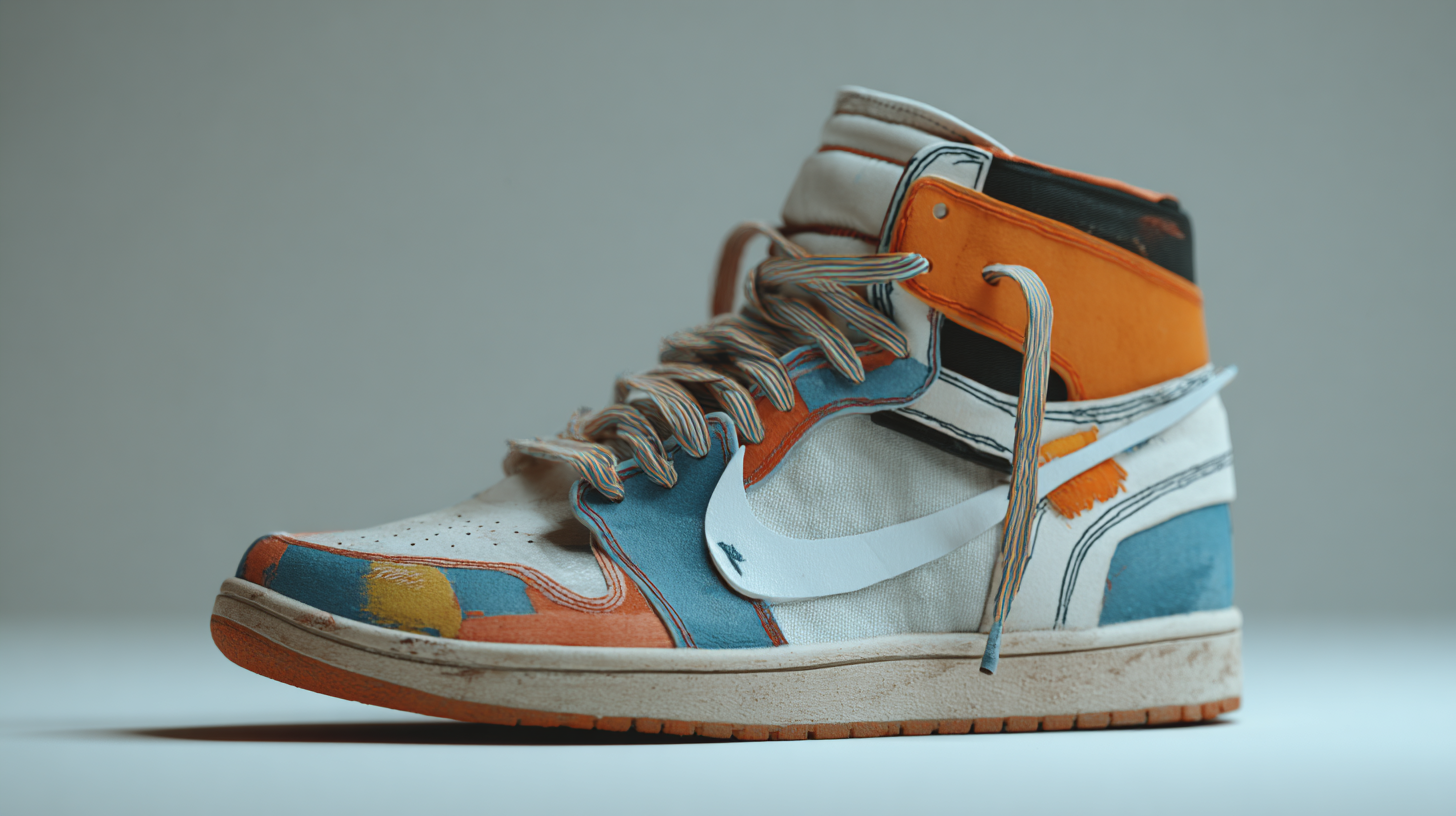
The sneaker market has undergone remarkable growth, significantly surpassing traditional fashion items in recent years. According to a report by Allied Market Research, the global sneaker market was valued at approximately $115 billion in 2021 and is projected to reach around $225 billion by 2028, growing at a CAGR of nearly 10.5%. This explosive growth reflects a transformation where sneakers are no longer confined to athletic use, but are embraced as style statements in the urban and high-fashion arenas.
Furthermore, a study by Grand View Research indicates that the rise of athleisure has played a pivotal role in this evolution. The athleisure market, which incorporates athletic wear into everyday clothing, is expected to reach $500 billion by 2025, driven by consumer demand for comfortable yet stylish apparel. This shift in consumer preference has allowed brands like Nike, Adidas, and Puma to expand their offerings beyond performance-focused sneakers, introducing limited-edition collaborations and lifestyle-oriented designs that appeal to fashion-conscious shoppers. As a result, sneakers have solidified their status as a dominant influence in both the sports and fashion industries.
The sneaker culture has transformed dramatically over the years, driven by varied consumer demographics that shape its current landscape. Reports from the NPD Group reveal that millennials and Gen Z are key players, accounting for nearly 70% of sneaker purchases in the U.S. market. This younger demographic is not only concerned with the performance of athletic shoes but is increasingly interested in aesthetics, branding, and exclusivity, making sneakers a staple in fashion wardrobes.
Moreover, gender dynamics in sneaker consumption are evolving. According to a study by Statista, women’s sneaker sales have surged, revealing a 37% increase in 2022 alone, as brands expand their offerings to cater to female consumers. Personalized experiences and limited-edition releases have become essential strategies for brands to engage this demographic. As sneakers grow beyond mere athletic wear into symbols of lifestyle and identity, understanding these consumer trends becomes crucial for brands aiming to resonate with today’s sneaker enthusiasts.
The evolution of sneakers from functional athletic gear to high-fashion items can largely be attributed to the strategic influence of celebrity endorsements. By partnering with renowned athletes and personalities, brands have transformed sneakers into a symbol of lifestyle and status. This shift not only enhances brand recognition but also drives significant sales growth, as fans aspire to emulate their idols. The compelling narratives woven around these endorsements often highlight the athlete's journey, likability, and relatability, making the sneakers an aspirational product in the consumer's mind.

In addition to capitalizing on celebrity influence, successful footwear campaigns strategically utilize social media and digital marketing to engage with audiences. These campaigns often feature influencers who resonate with specific demographics, leading to higher engagement rates and a more profound impact on sales. By prioritizing authentic connections, brands in the sneaker industry have been able to leverage this trend effectively, resulting in innovative marketing strategies that not only promote products but also cultivate lasting brand loyalty among consumers.
The sneaker industry is undergoing a significant transformation, with a growing focus on sustainable practices to address increasing environmental concerns. The fashion industry contributes approximately 8-10% of global greenhouse gas emissions, primarily due to raw material production and manufacturing processes. As a response, many brands are exploring innovative approaches to reduce their carbon footprint, such as using recycled materials and adopting eco-friendly production techniques.
For sneaker enthusiasts wishing to lessen their environmental impact, here are a few tips: first, consider purchasing sneakers made from recycled or sustainable materials; second, choose brands that prioritize transparent supply chains and ethical labor practices; and finally, support initiatives focused on circularity, such as sneaker recycling programs that extend the lifecycle of your footwear.
The rise of sustainable sneakers reflects the broader shift in consumer preferences towards eco-conscious products. As brands like those highlighted in recent sustainability reports incorporate recycled elements and promote community engagement, they pave the way for a greener future in sneaker culture, challenging the fast fashion paradigms that have dominated the market for years. Embracing these changes not only benefits the environment but also aligns with the values of a new generation of consumers.
| Dimension | Details |
|---|---|
| Material Types | Recycled plastics, organic cotton, sustainable leather |
| Production Processes | Waterless dyeing, 3D knitting, reduced waste techniques |
| Carbon Footprint Reduction | Use of renewable energy sources, carbon offset programs |
| End-of-Life Solutions | Recycling programs, take-back schemes, biodegradable options |
| Consumer Awareness | Growing interest in sustainable brands, eco-labels |
| Market Trends | Rise of athleisure, sneaker culture, collaborations with designers |
| Sustainability Initiatives | Circular economy practices, partnerships with NGOs |

